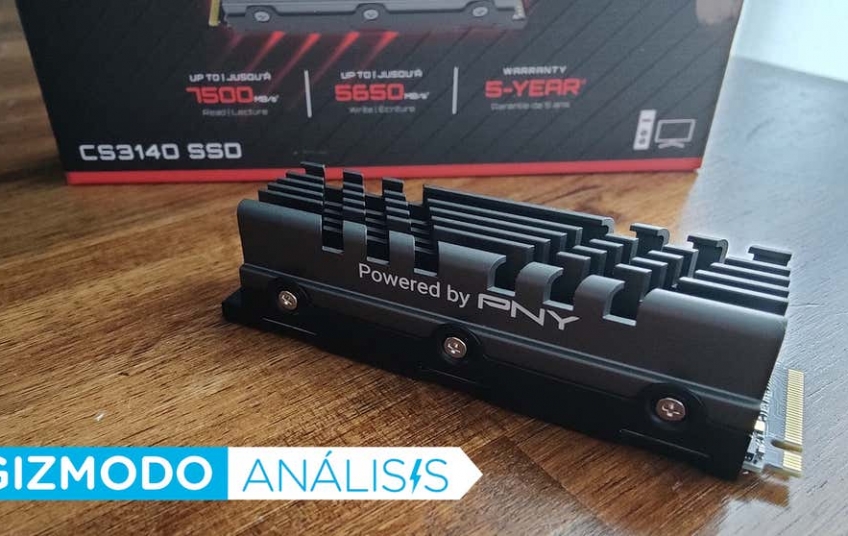Drive achieves read speeds of up to 7500MB per second.
The PNY CS3140 is an M.2 NVMe SSD disk, that is, it is an SSD disk with an M.2 form factor that connects to the board using one of the homonymous expansion ports. The slots type M.2 support different types of devices, but in recent years are being used mainly to install these small drives solid-state. The advantages of using this connector are not few. To begin with, its installation is simpler and cleaner because the unit is much smaller, it is located on the motherboard (there are no components to carry backward) and it does not require additional cables. The M.2 port provides you with all the power you require.
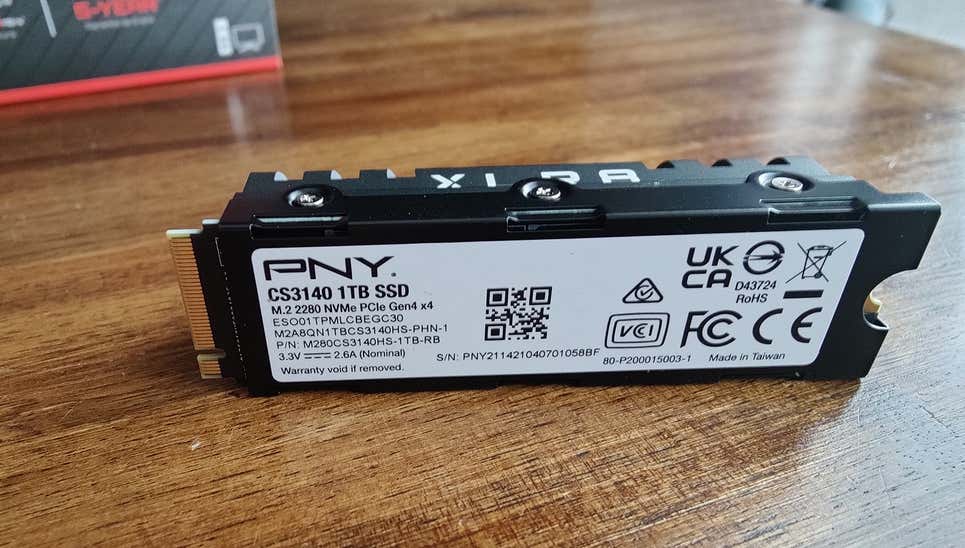
The second advantage is that the M.2 supports both the SATA and PCIe (Peripheral Component Interconnect Express ) standard which is much faster in terms of transfer. Of course, not all units are the same. Which interface each disk uses depends on the model. Some M.2 drives use SATA, but limiting ourselves to SATA on an M.2 doesn't make much sense because its speed is equivalent to that of conventional 2.5-inch SATA SSDs. The only thing you gain by installing a SATA drive in the M.2 port is a cleaner, neater, and well-ventilated interior of the CPU.
To take advantage of the full transfer speed of the M.2 port, SSDs with this form factor is usually connected to the motherboard using the PCIe standard, and this is where the acronym NVMe (Non-Volatile Memory Express) comes into play. It is a protocol that allows the drive to operate on PCIe and multiply its read and write speeds over those of a conventional SATA SSD. They are also typically more expensive than a 2.5-inch SSD. If you want all this explanation on video, this one from Newegg Studios is the best I've seen to date.
Be careful with the plate
This warning is applicable to any component that we are going to install. In the specific case of the CS3140, we are talking about a next-generation unit that supports the most recent version of NVMe (1.4). PNY specifies a maximum read speed of 7500MB per second, and a maximum writes speed of 6850MB per second. That's, again according to the company, up to 13 times the speed of an average SATA.
The problem is that my motherboard (an MSI MPG Z490) only supports NVMe over PCI 3.0 x4, which limits the maximum speed that I can get out of the unit. However, it is still much more than the SATA offers me. Another interesting detail is that the first M.2 slot on my motherboard is not compatible with SATA 2. It is something that does not affect me in this case, but it serves as a reminder to read your motherboard manual carefully before buying anything.
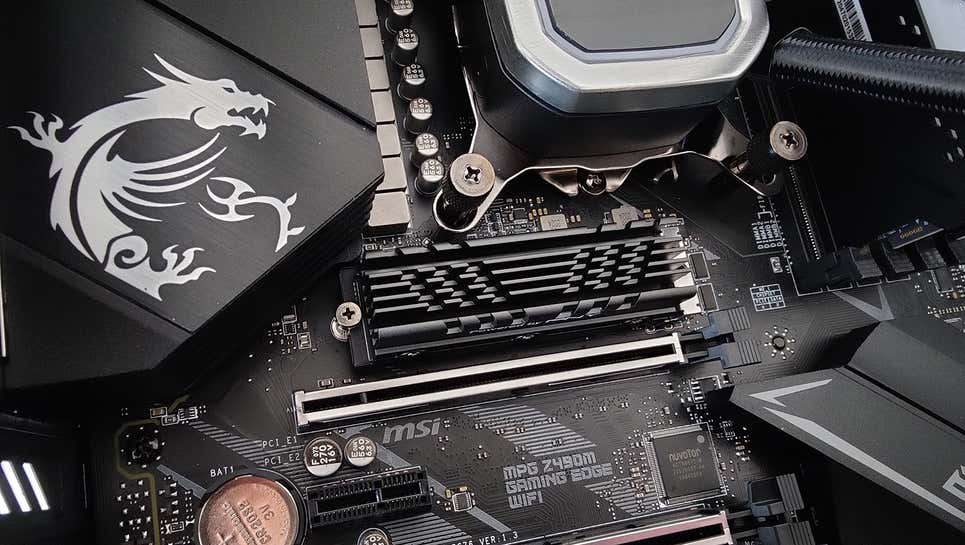
Installing the CS3140
Installing an M.2 disk on a desktop PC is an absolutely enjoyable process. Simply remove the side cover of the CPU, remove the heatsink that covers the M.2 port (if there is one), connect the unit and fix it in place with a screw. Most plates have several holes for this depending on the length of the M- 2 device that we are installing. In the case of the CS3140, we are talking about 2280 (22mm wide and 80 long).
All of this, as I say, would have been enjoyable, unless of course there was no screw.
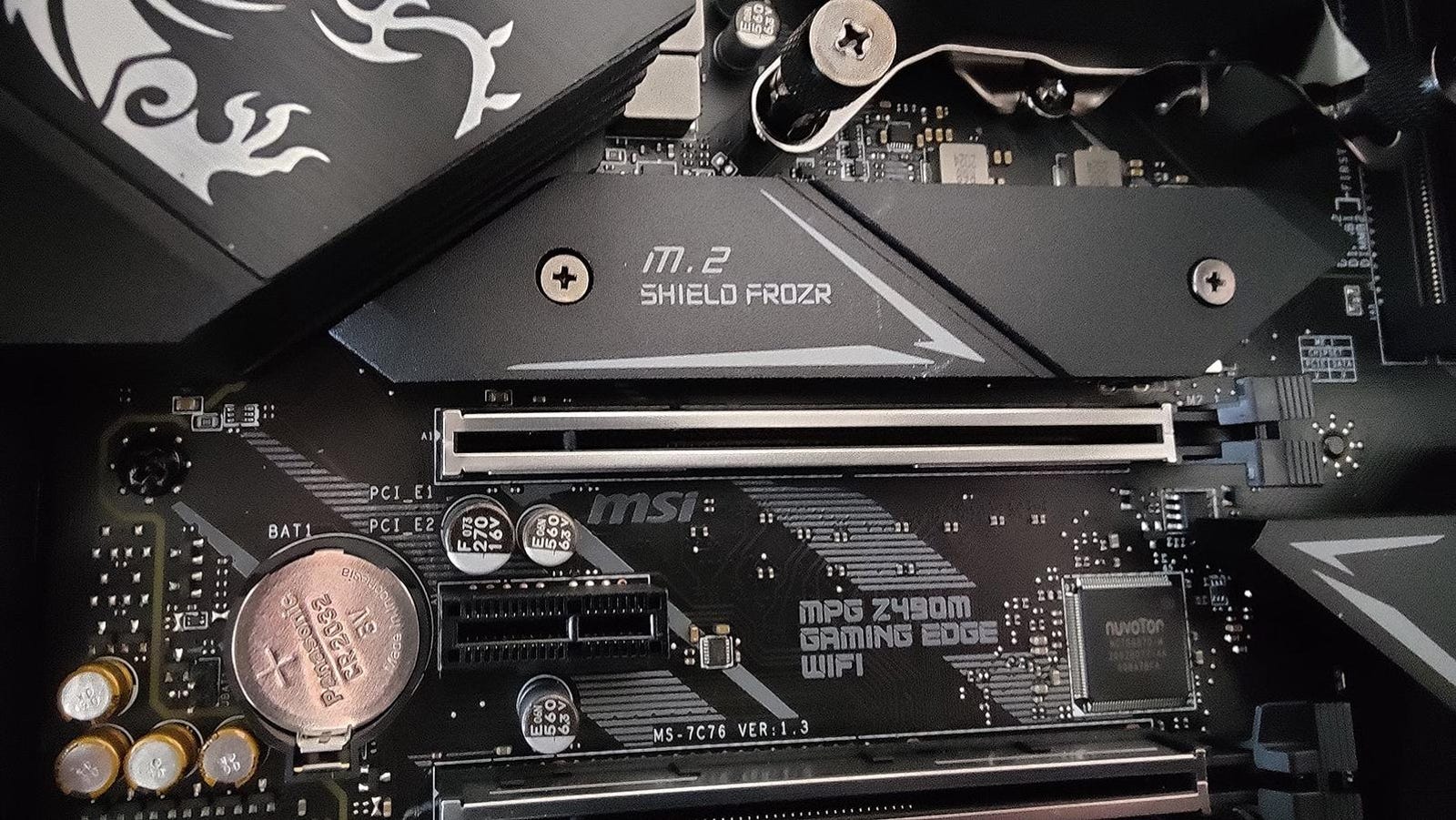
For some reason that escapes me, the PNY CS3140 does not include a set screw in its packaging. I'm not sure if this is because the company doesn't deem it necessary or is mine slipping out of the box at some point. The fact is that he was not. My problem here was that I couldn't use the heatsink screw that I removed because it is a captive screw that cannot be removed. That left me in the hands of the trusty box of loose parts that I have treasured for years. Fortunately, I had a screw that fit, but it was too long and I had to add a rubber retainer to compensate for the excess length. I do not recommend at all install the unit without a fixing screw, especially if it comes with a heatsink, because the weight of the grid (43 grams) causes the disk to tilt out of the plate if it is not supported properly.
The problem was no more than a few minutes about how to search and ta s curses under his breath, but whether or not put screw is a conscious decision by PNY, I want to state that I think is a very wrong decision. It generates an absolutely unnecessary and avoidable problem that disfigures an otherwise high-end device.
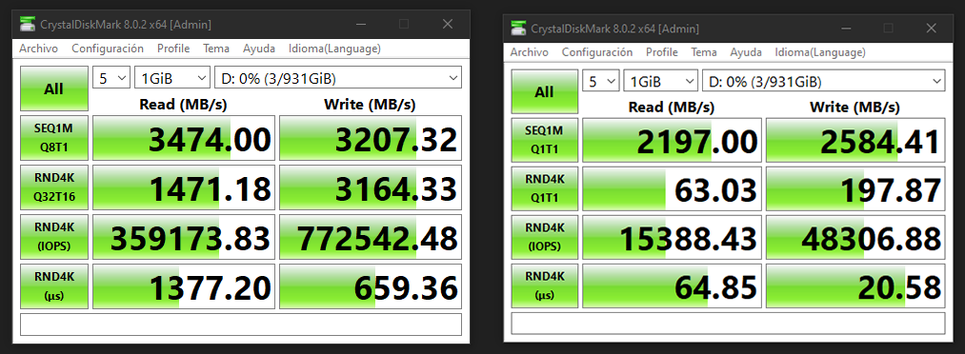
In terms of performance, the read and write speeds are limited by my motherboard, but still, max out what my PC is capable of. PNY does not offer concrete data on moving files from alt to definition, but from the tests with CrystalDiskMark 8 on these lines, it seems that it defends itself quite a bit. Of course, its numbers are much higher than the Sandisk Extreme Pro NVMe 1TB that I use in the other slot as the main unit and whose analysis will come soon..
Price with or without heatsink
The price of the PNY CS3140 on Amazon at the close of this review was 288 euros for the 1TB version (the one I have tested) and 494 for the 2TB version. In both cases, these prices refer to the version with heatsink. The PNY CS3140 is sold in two versions, with or without a heatsink. The heatsink is a beautiful piece of black anodized aluminum that completely covers the unit, and which was responsible for the comment on The Expanse when I showed it at home. The bad news is that the integrated heatsink is not cheap. The 1TB version of the CS3140 without a heatsink costs 228 euros. The 2TB without a heatsink costs a bit more (534), which doesn't seem to make much sense unless Amazon has stock issues with that particular unit.
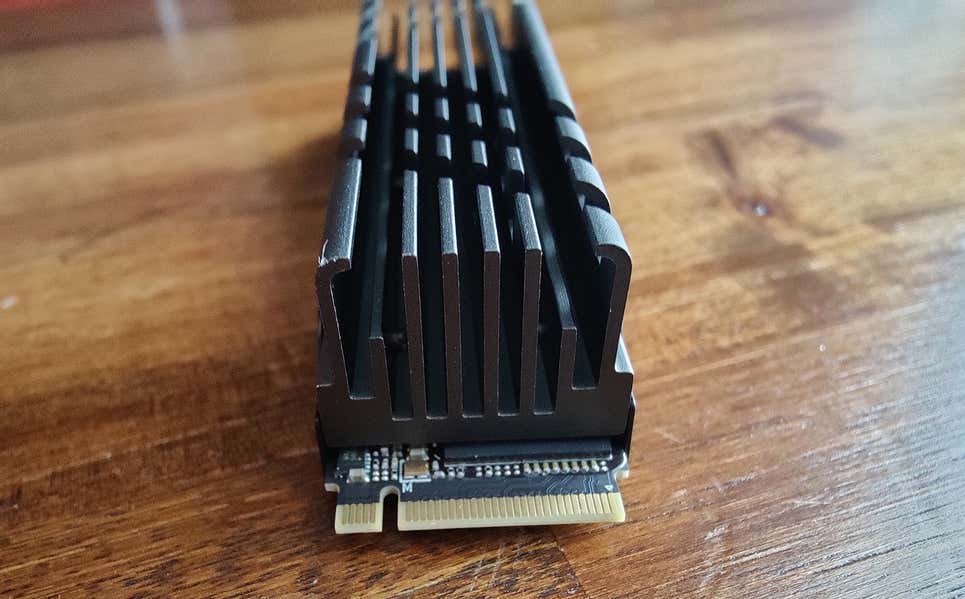
Is the heatsink necessary? The answer is that a heatsink is convenient, but it doesn't have to be the one PNY offers. The aluminum grille is secured by two rows of screws and side clamps and can be removed. It all depends on where you are going to connect it and if you have your own heatsink. In my case, I connected it to the first of my two M.2 slots, which already had an aluminum heatsink that I had to disassemble (it can be released simply by unscrewing). However, if I had to mount the CS3140 in the second M.2 slot I would have had problems. Right above that slot is the Soundblaster Z SE, and the heatsink is too big to connect both at the same time.. In this case, I would have had to remove the heatsink and run without it, which is not ideal.
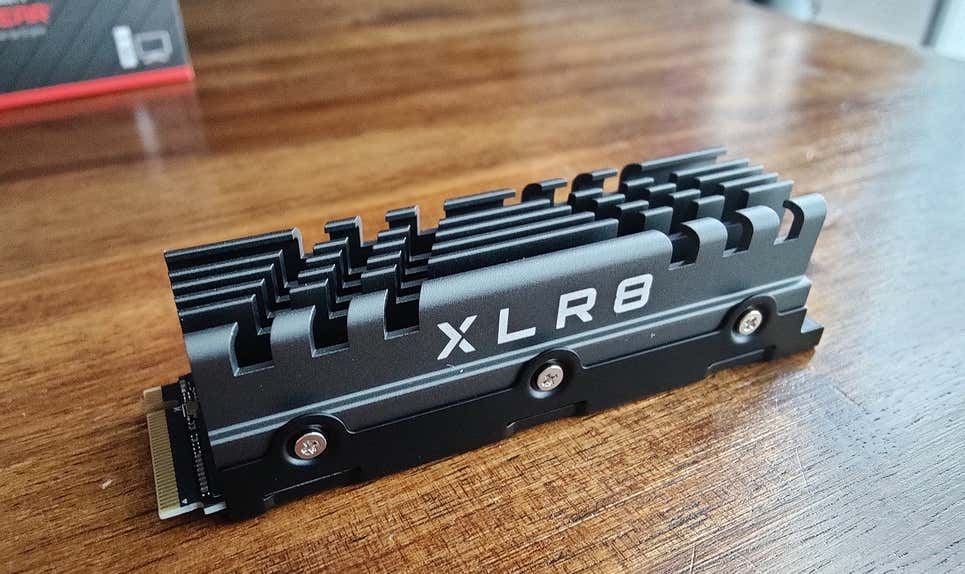
In summary
The PNY CS3140 is much more than I need on my PC. However, e n plates suitable basis, the speed of the unit is much closer to what dictates the manufacturer. L os professional users working with video or the most serious gamers you can make sparks. It is a unit that is not intended only for storage or to install an operating system but to run heavy software, or process video in 4K and 8K.
When it comes to buying drives, their long-term durability is always an impossible factor to measure in reviews. The heatsink should help reduce component stress after long sessions of use. All in all, PNY offers a five-year warranty with the CS3140, a cushion that gives enough peace of mind when opting for this model in a market, that of SSDs of this type, already quite saturated with very good options.



